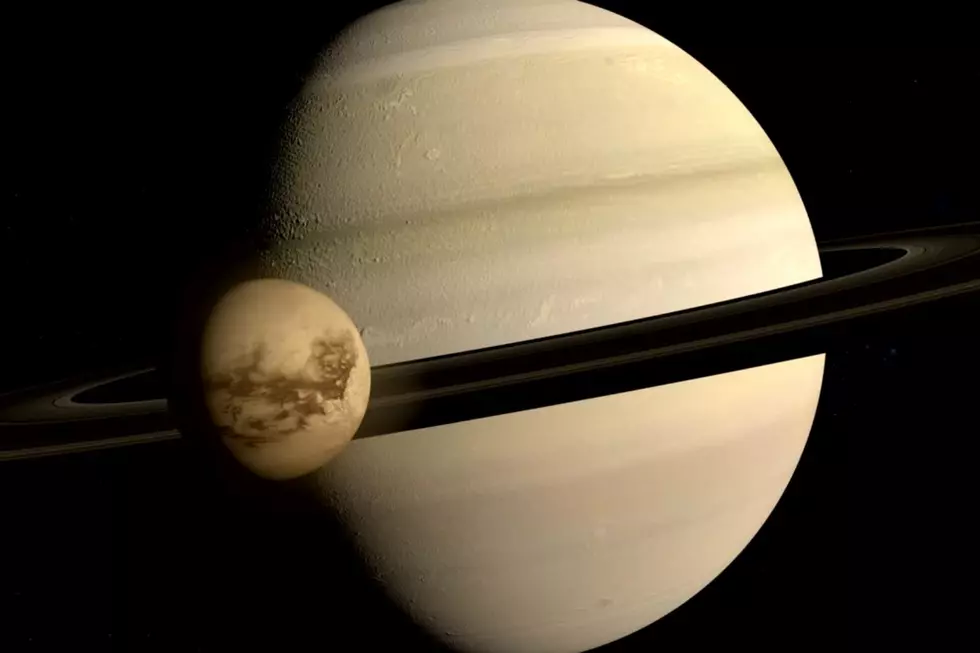
NASA’s Dragonfly Mission: From Washington’s Aerospace Roots to Saturn’s Moon Titan
Science is getting cooler and cooler to me—well, maybe I should say it's more fascinating to me. I can't believe that NASA has officially approved the groundbreaking Dragonfly mission, which will send a quadcopter drone to Saturn's largest moon, Titan. The confirmation review, completed last week, marked a crucial milestone, indicating the agency's commitment to the mission's final design, construction, and eventual launch.

Budget and Schedule Adjustments
The confirmation comes with significant budget and schedule commitments. The project's total lifecycle cost is set at $3.35 billion, with a launch date planned for July 2028. This represents a substantial increase in cost and a delay in the launch schedule compared to the original proposal. The mission's cost has nearly doubled, and the launch is delayed by over two years from the original selection date in 2019.
Dragonfly's Scientific Potential
Despite these changes, the Dragonfly mission holds immense scientific potential. The quadcopter drone will explore the unique environment of Titan, investigating its atmosphere, weather patterns, and surface conditions. This innovative approach allows NASA to collect data from multiple locations, providing a comprehensive understanding of the moon's geology and chemistry.
"Dragonfly is a spectacular science mission with broad community interest, and we are excited to take the next steps on this mission," said Nicky Fox, associate administrator of NASA's science mission directorate. "Exploring Titan will push the boundaries of what we can do with rotorcraft outside of Earth."
Titan: A New Frontier
The Dragonfly mission is part of NASA's New Frontiers program, designed to conduct high-profile, cost-capped missions that address key questions about our solar system. Titan, with its thick atmosphere and potential for complex organic chemistry, has long intrigued scientists. By sending a flying drone, NASA hopes to gather critical data that could provide insights into the moon's potential to support life or prebiotic conditions.
Looking Ahead to 2028
With the confirmation review successfully completed, NASA can proceed with building and testing the Dragonfly craft, leading up to its launch and subsequent exploration of Titan in the coming years. The mission's launch in 2028 will mark a significant step forward in. NASA's exploration of the outer solar system, offering new perspectives on one of its most fascinating moons.
LOOK: Best Counties To Retire to in Washington
Gallery Credit: Stacker
LOOK: States Sending the Most People to Washington
Gallery Credit: Stacker
LOOK: Biggest Snowfalls Recorded in Wyoming History
Gallery Credit: Stacker
More From 610 KONA







